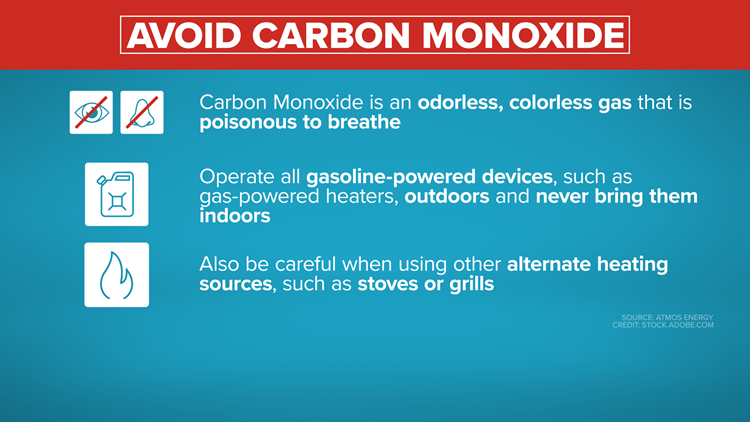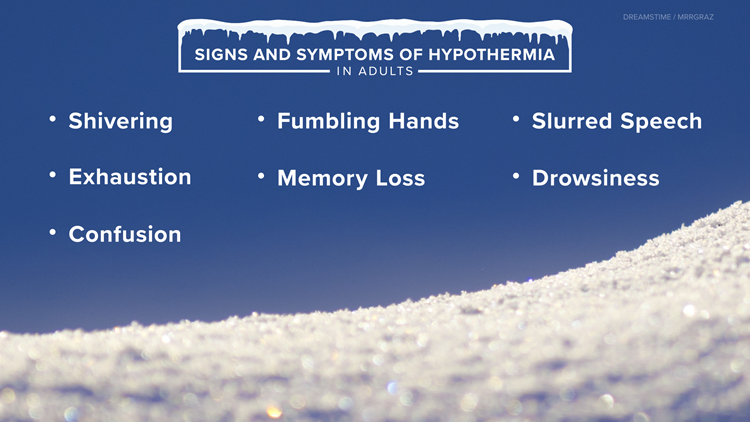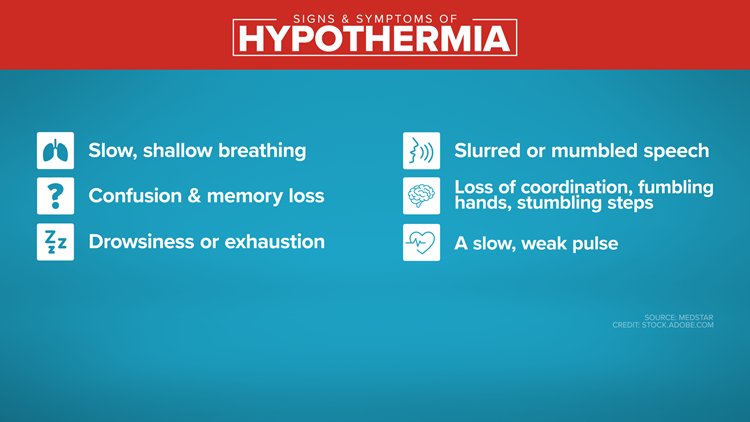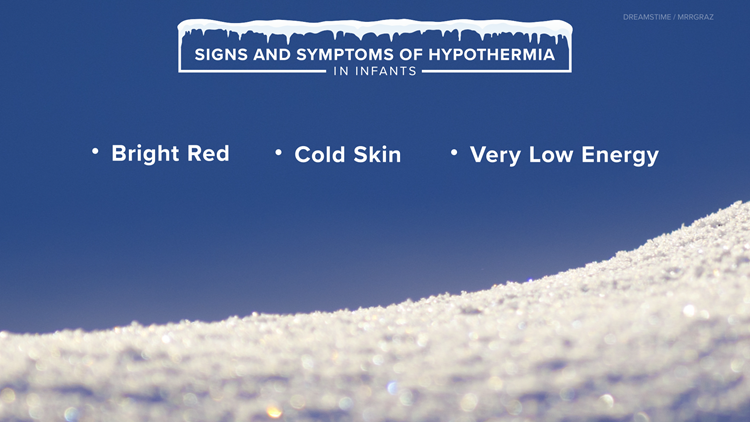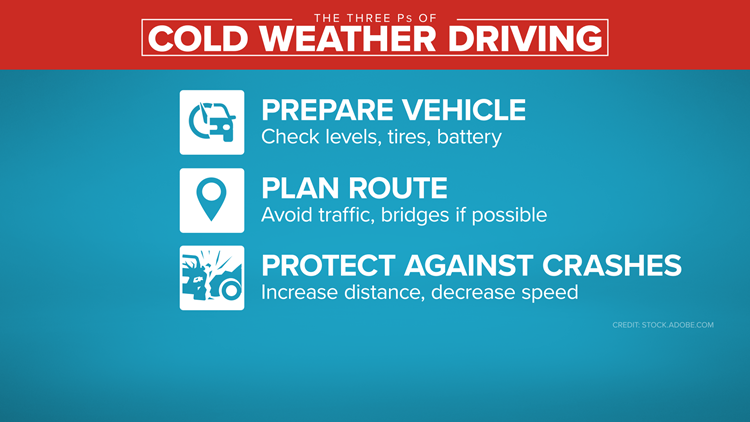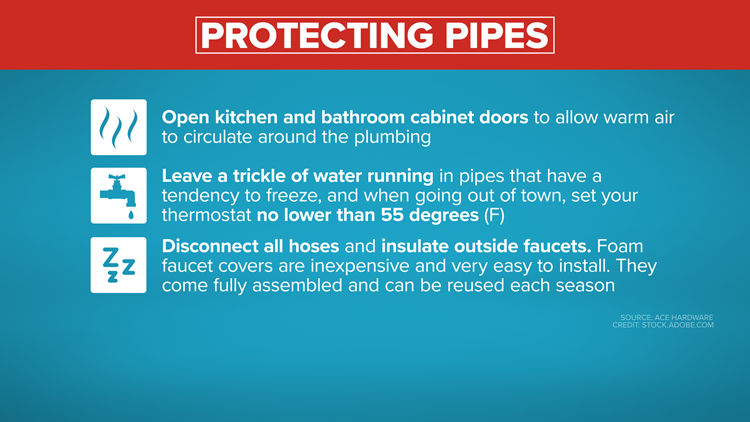LOUISVILLE, Ky. — The WHAS11 First Alert Storm Team is always on top of the weather before it hits. Even though the forecast may call for ice, snow, sleet, freezing rain or all the above, what hits your area depends on many variables.
Regardless, we want your family, loved ones and pets to be safe.
The difference between a winter storm watch, warning, and advisory:
- A Winter Weather Advisory is issued when 1 to 3 inches of snow or ice accumulations of less than ¼" are expected within the next 24 hours, causing travel difficulties.
- A Winter Storm Watch is issued when conditions are favorable for either heavy snow, sleet or freezing rain within the next 48 hours,
- A Winter Storm Warning is issued when at least 3 inches of snow and/or ice accumulations of ¼" or more are likely within the next 24 hours.
BEFORE A POWER OUTAGE
- Build or restock your emergency preparedness kit, including a flashlight, batteries, cash, and first aid supplies.
- Make sure you have alternative charging methods for your phone or any device that requires power.
- Charge cell phones and any battery-powered devices.
- Know where the manual release lever of your electric garage door opener is located and how to operate it.
- Purchase ice or freeze water-filled plastic containers to help keep food cold during a temporary power outage.
- Keep your car’s gas tank full-gas stations rely on electricity to power their pumps. If you use your car to re-charge devices, do NOT keep the car running in a garage, partially enclosed space, or close to a home, this can lead to carbon monoxide poisoning.
- Learn about the emergency plans that have been established in your area by visiting your state’s or local website so you can locate the closest cooling and warming shelters.
- If you rely on anything that is battery-operated or power-dependent like a medical device determine a back-up plan.
Winter storm dos and don'ts
It only takes about a quarter to a half-inch of ice build-up on lines and trees to cause power outages. Of course, as the ice builds on power lines and trees, things could get scary as both are subject to come crashing down from the weight of the ice.
- Get cash, at least a week's worth if you can afford it. If the power goes out, credit card readers will not work, nor will ATMs.
- Charge your phone(s) and all other electronics, boosters overnight
- Always keep at least a three-day supply of nonperishable food in your home.
- Keep fresh batteries on hand for weather radios and flashlights.
- Dress warmly. Wear multiple layers of thin clothing instead of a single layer of thick clothing.
- Top off your gas tank or fill it up
- Properly vent kerosene heaters and keep any electric generators outside and away from open windows or doors to prevent carbon monoxide poisoning. Never burn charcoal indoors.
- Use a National Oceanic and Atmospheric Administration (NOAA) weather radio to monitor for changing weather conditions.
- Keep alternative heating sources and fire extinguishers on hand. Be sure your family knows how to use them.
- Store an emergency kit in your vehicle. Include scraper, jumper cables, tow chain, sand/salt, blankets, flashlight, first aid kit.
- Make an emergency supplies kit for your pet and include medical records, first aid kit, enough canned/dry food and water for three to seven days and pet travel bag or carrier.
- Do not leave pets outside for long periods of time.
- Bring pets inside when temperatures drop below freezing
- Turn off or disconnect appliances and other equipment in case of a momentary power “surge” that can damage computers and other devices. Consider adding surge protectors.
- Keep refrigerator and freezer doors closed. Most food requiring refrigeration can be kept safely in a closed refrigerator for several hours. An unopened refrigerator will keep food cold for about 4 hours. A full freezer will keep the temperature for about 48 hours.

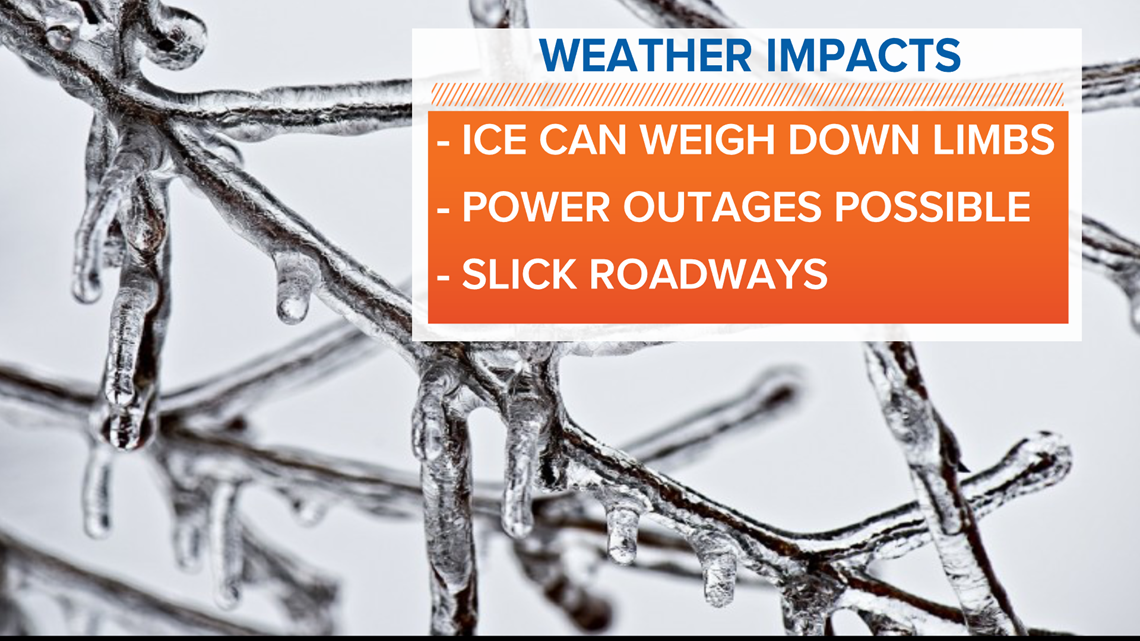
How to report a power outage
If you lose power you should call your power company. Stay away from downed wires and report the location immediately. Always assume any downed wire is live. LG&E also warns that you or someone working for you should use caution when clearing fallen tree limbs and debris from your yard after a storm. Avoid making contact with branches or debris that may be in contact with downed power lines.
LG&E: 502-589-1444 or 800-331-7370. You can also set up your LG&E account so you can text an outage. The steps are listed on their website.
Duke Energy (For customers in Northern, Kentucky and parts of Indiana): You should call 1-800- 543-5599. You can also report via their App.
For the latest weather forecast download the WHAS11 App and you can also text the word WEATHER to: 502-582-7290 and get an instant link to our weather section.
Check the LG&E outage map here

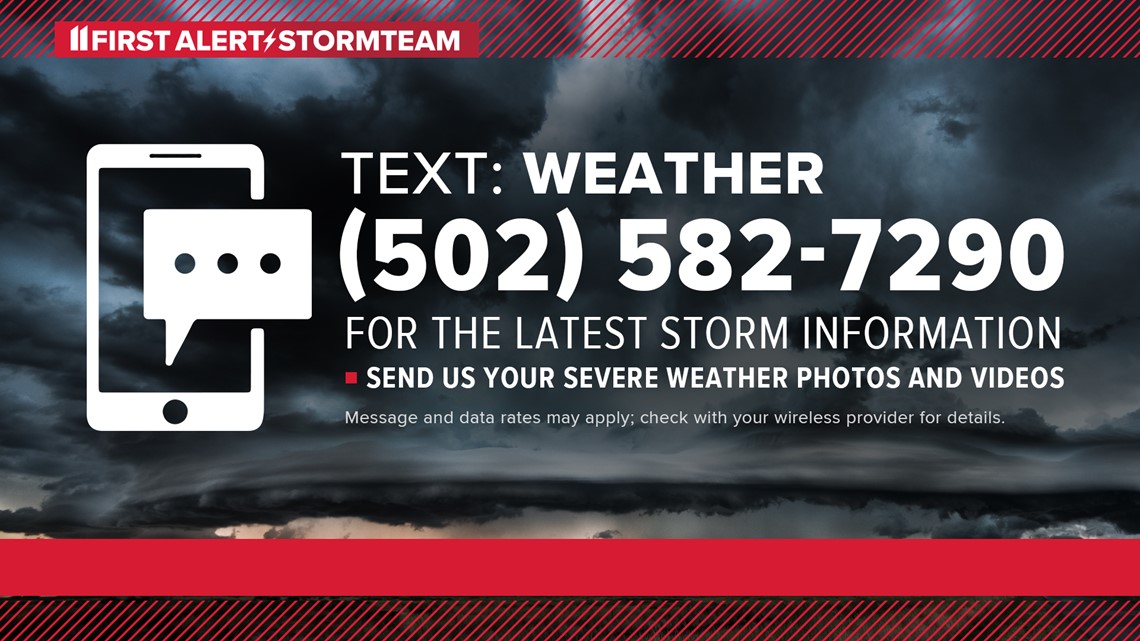
Make it easy to keep up-to-date with more stories like this. Download the WHAS11 News app now. For Apple or Android users.
AFTER A POWER OUTAGE
- Throw away any food that has been exposed to temperatures 40° F (4° C) for 2 hours or more or that has an unusual odor, color or texture. When in doubt, throw it out!
- If food in the freezer is colder than 40° F and has ice crystals on it, you can refreeze it.
- Contact your doctor if you’re concerned about medications having spoiled.
- Restock your emergency kit with fresh batteries, canned foods and other supplies
Winter driving safety tips:
- If you must travel during bad weather, emergency officials remind motorists to leave plenty of room between you and other vehicles and, if driving on snow- or ice-covered roadways, reduce your speed.
- If conditions worsen, pull off the highway and remain in your vehicle. Do not set out on foot unless you can see a building close by where you can take shelter.
Follow the WHAS11 First Alert Storm Team on Social Media:
Make it easy to keep up-to-date with more stories like this. Download the WHAS11 News app now; here's how



